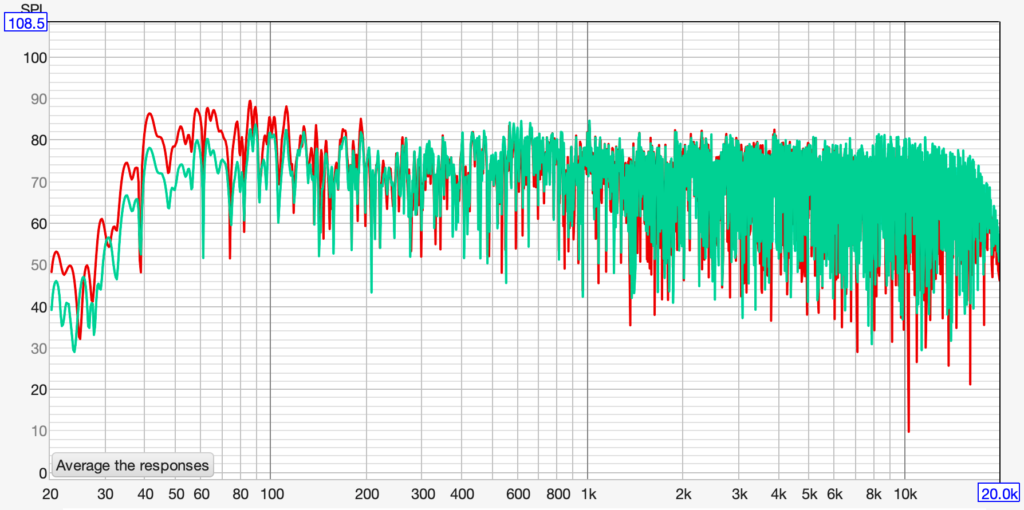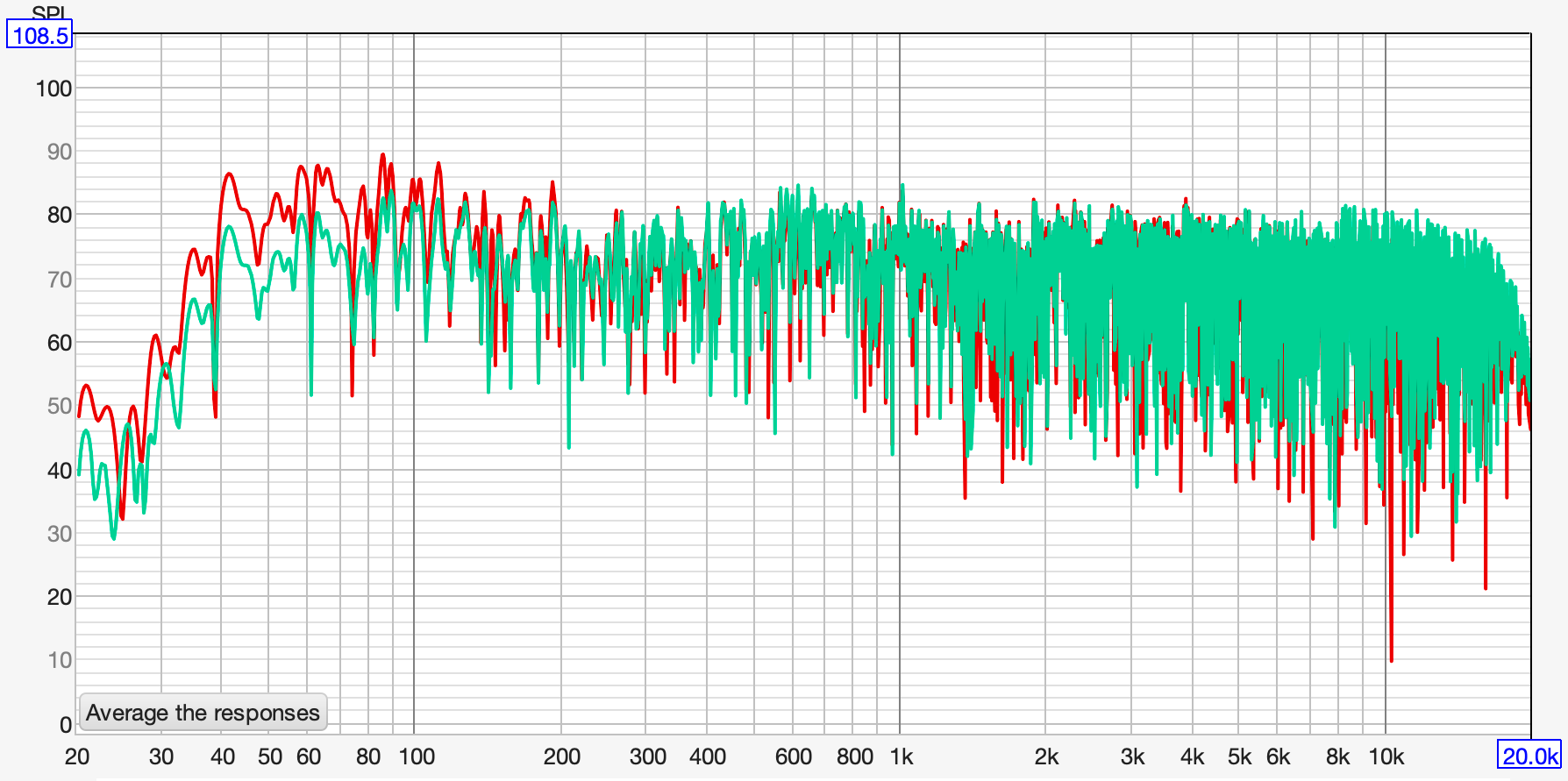Introduction
A local church recently underwent significant audio system adjustments to enhance both the live worship experience and the quality of their livestream services. The primary goal was to tackle existing challenges with the system setup, ensuring clarity and consistency across all platforms.
Initial Observations
Upon reviewing the existing audio infrastructure, several issues were immediately apparent. The physical paths from the sound console to the speakers, including a Behringer X32 Rack, were unconventional due to the growth of the worship team over time, using multiple In-Ear Monitors (IEMs) and livestream, as well as the venue being changed from a borrowed space to a more permanent home. The setup of gain structure, noise gate, compressor, and EQ settings was functional yet suboptimal. Further, a Bose sound system had additional EQ settings that were not ideally configured for the space.
Speaker and Wireless Challenges
The church utilizes a Bose PA system complemented by a pair of JBL line array speakers. This setup required fine-tuning to harmonize with the acoustic properties of the room. Additionally, the wireless environment—comprising various IEM systems and wireless microphones—suffered from high RF traffic and competing frequencies, which often led to signal interference.
Technical Solutions Implemented
To address these challenges, I initiated several corrective actions, as well as providing training and documentation to the staff and volunteers:
- System Reset and Configuration: I started by backing up and then resetting the X32 Rack settings to baseline levels. This included setting inputs, mixes, matrices, and outputs to their lowest gain and flattening all EQ settings.
- Noise Testing and Cable Management: I conducted thorough tests to locate sources of noise, which were traced back to wireless interference and suboptimal settings. Improved cable management techniques in the equipment rack were employed to minimize this interference.
- Wireless Frequency Adjustment: Without needing a complete overhaul, I updated some of the wireless frequencies to ensure less overlap and better signal integrity. This included the installation of a new wireless microphone system and clearer labeling practices.
- Acoustic Calibration: Utilizing specialized calibration tools, I measured the room and sound systems to produce optimal EQ settings for both the Bose and JBL speakers, ensuring that each speaker’s output was perfectly tailored to their space.
- Final Testing and Adjustments: After installing and configuring the necessary hardware and software, I conducted a series of tests and adjustments during live rehearsals and services to finalize the setup. This included tweaking the gain structure for microphones and instruments and building specialized mixes for in-ear monitoring and live-streaming.

Outcome and Continuous Improvement
The improvements led to a significant enhancement in sound quality for both in-person attendees and online viewers. The church now enjoys a sound system that is not only technically sound, but also spiritually uplifting. As they continue to use and adjust the system, the aim is to maintain this level of clarity and fidelity, ensuring that every worship session is as inspiring as possible.
Conclusion
The journey to achieving perfect sound in a dynamic church environment is ongoing, but with these changes, we’ve made substantial progress. The combination of technical expertise and collaborative effort has allowed us to overcome initial challenges and set a new standard for audio excellence in worship settings.
With another 5-star review under my belt I’m available once again to help you move your quality forward at your house of worship. Connect with me today for a free quote and to schedule your consultation.



Comments are closed